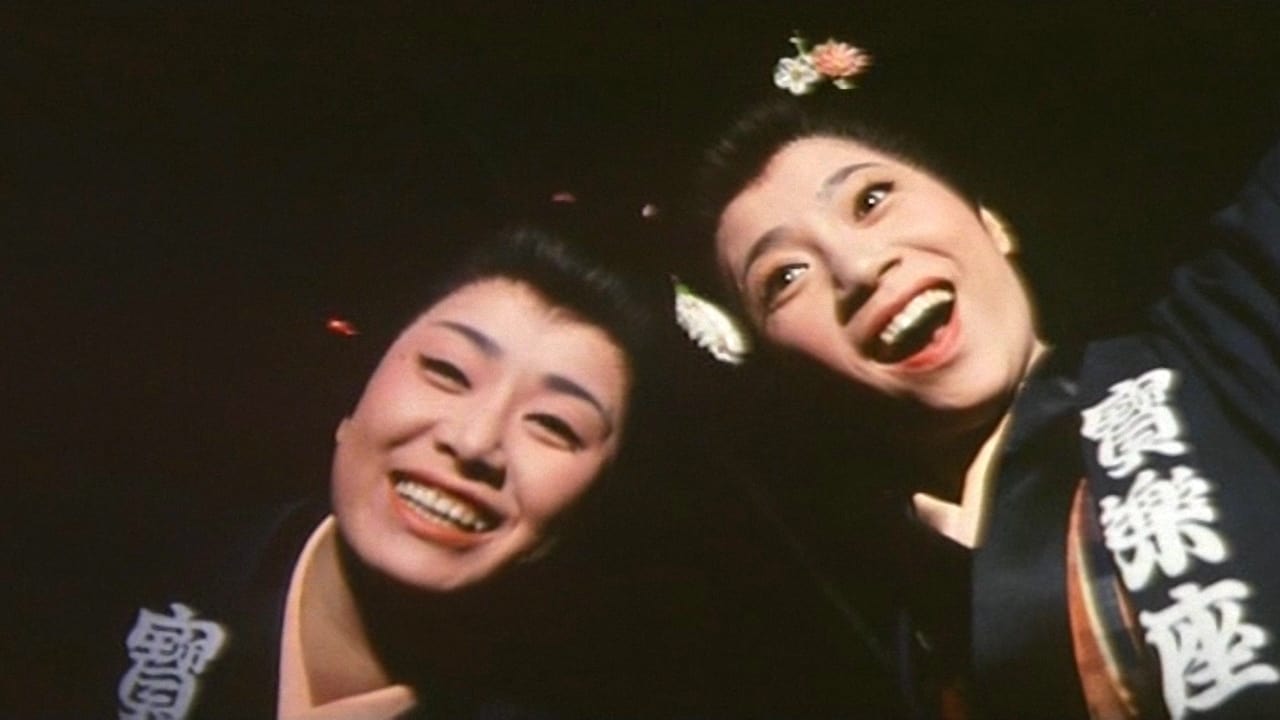
Travels of Hibari and Chiemi
over 63 years ago
over 88 years ago ...more
over 88 years ago
The tale of Nakayama Yasubei’s duel is famous, even if he in reality probably did not cut down 18 opponents. The story has been related in film, rakugo, kodan and on stage many times, in part because Nakayama later joined the famous 47 Ronin (Chushingura) as Horibe Yasubei. But Makino and Inagaki’s version gives no hint of this more serious future, playing up the thrills and the comedy with Bando’s bravura performance. The multiple pans of Yasubei running to the duel are an exemplar of the experimental flourishes of 1930s Japanese cinema and the final duel, performed virtually like a dance number, is a marker of Makino’s love of rhythm and one of the best sword fights in Japanese film history. The film was originally released under the title Chikemuri Takadanoba (Bloody Takadanobaba) with a length of 57 minutes, but suffered some cuts and a title change when it was re-released in 1952.
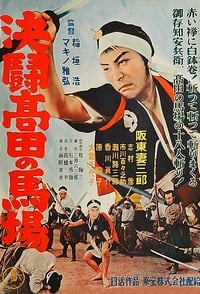
Blood Spilled at Takadanobaba
1937

over 63 years ago

No image available
about 22 years ago

No image available
about 18 years ago
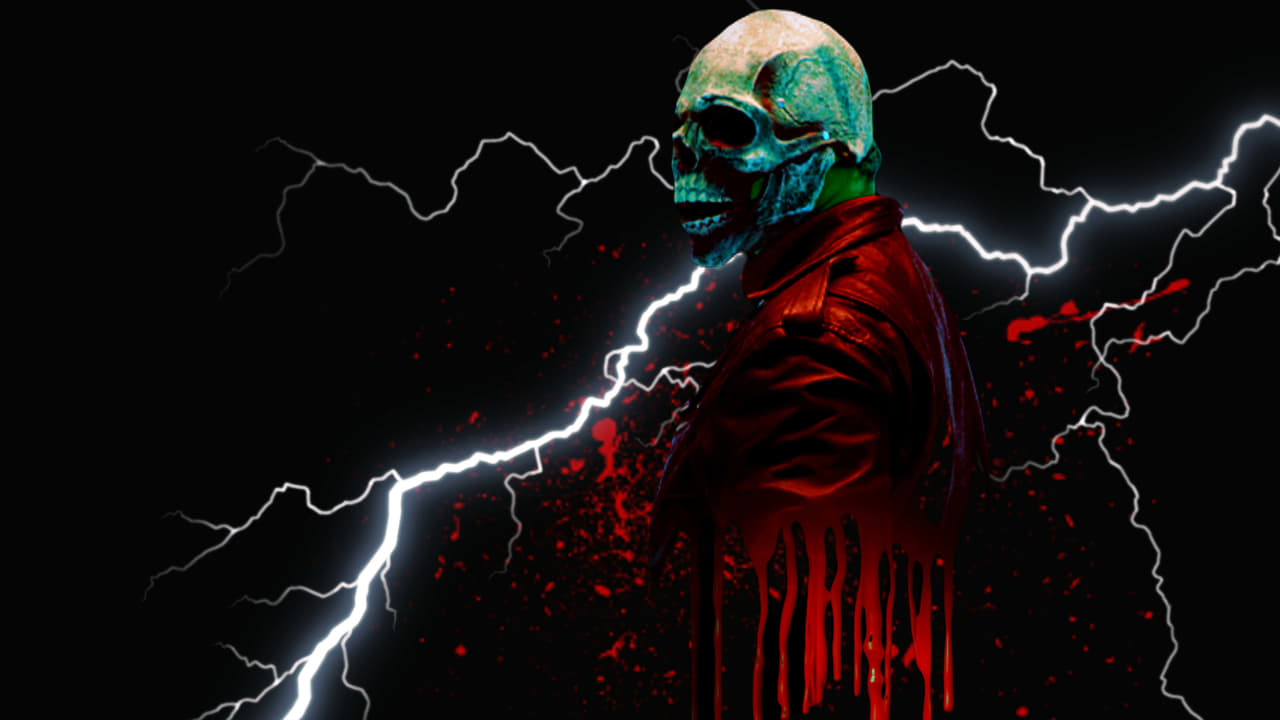
over 2 years ago

over 19 years ago

No image available
over 7 years ago
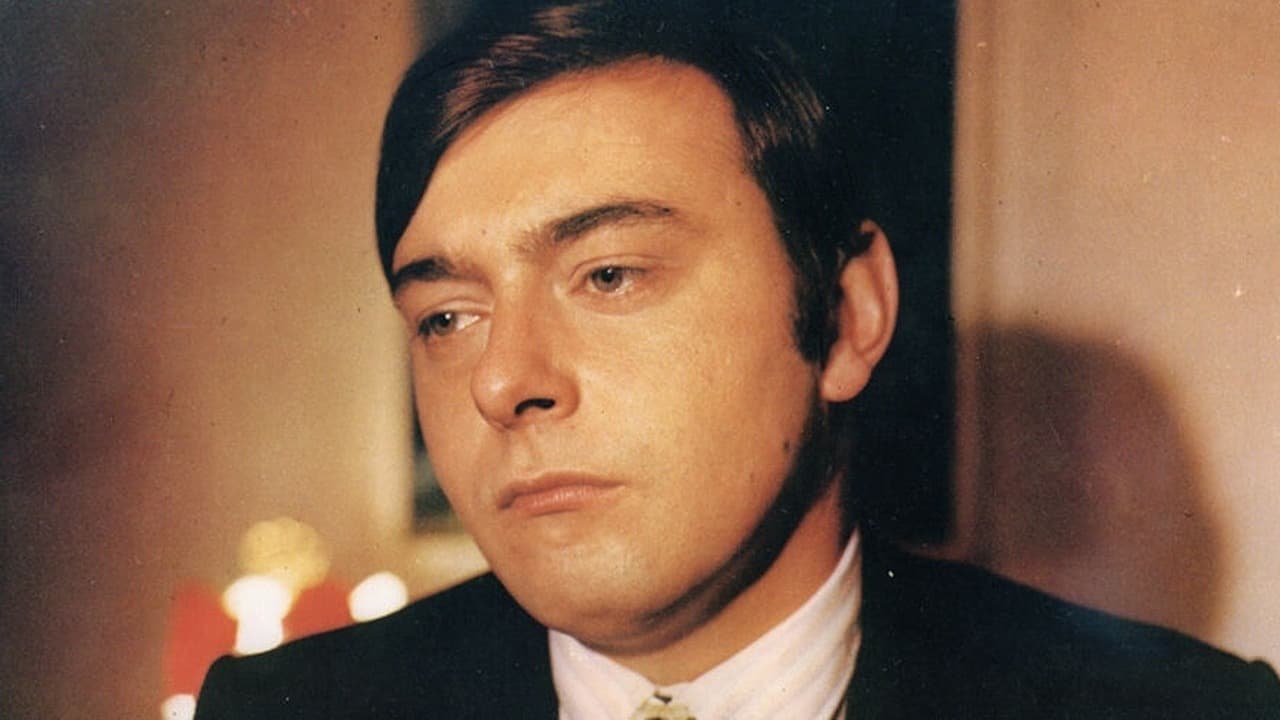
almost 55 years ago
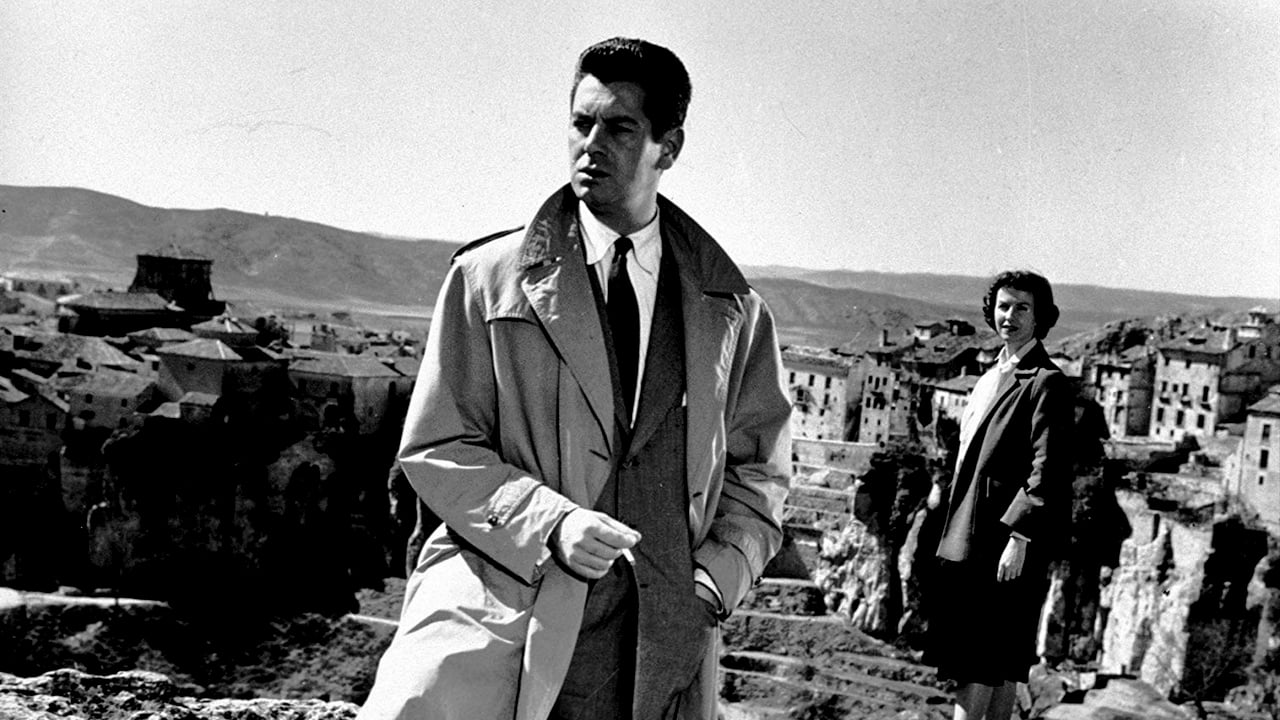
over 68 years ago

over 5 years ago

No image available
over 32 years ago

over 137 years ago

about 13 years ago
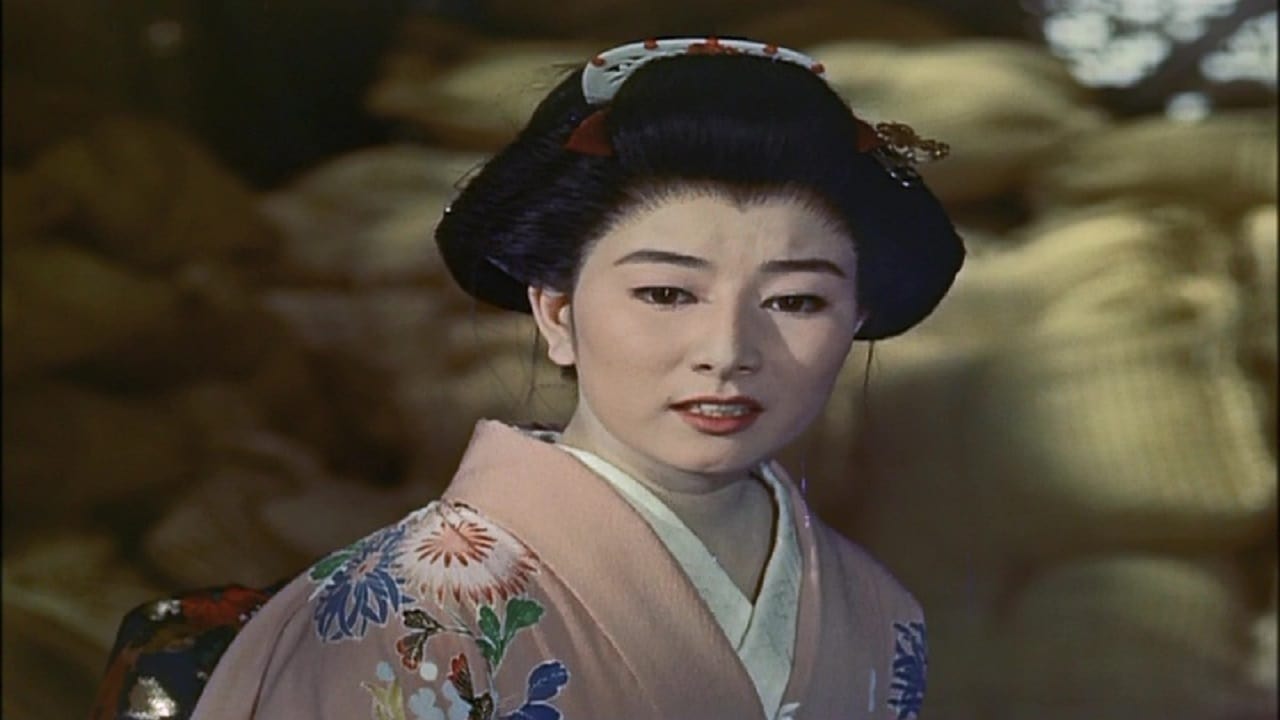
over 67 years ago

No image available
over 11 years ago

No image available
over 21 years ago
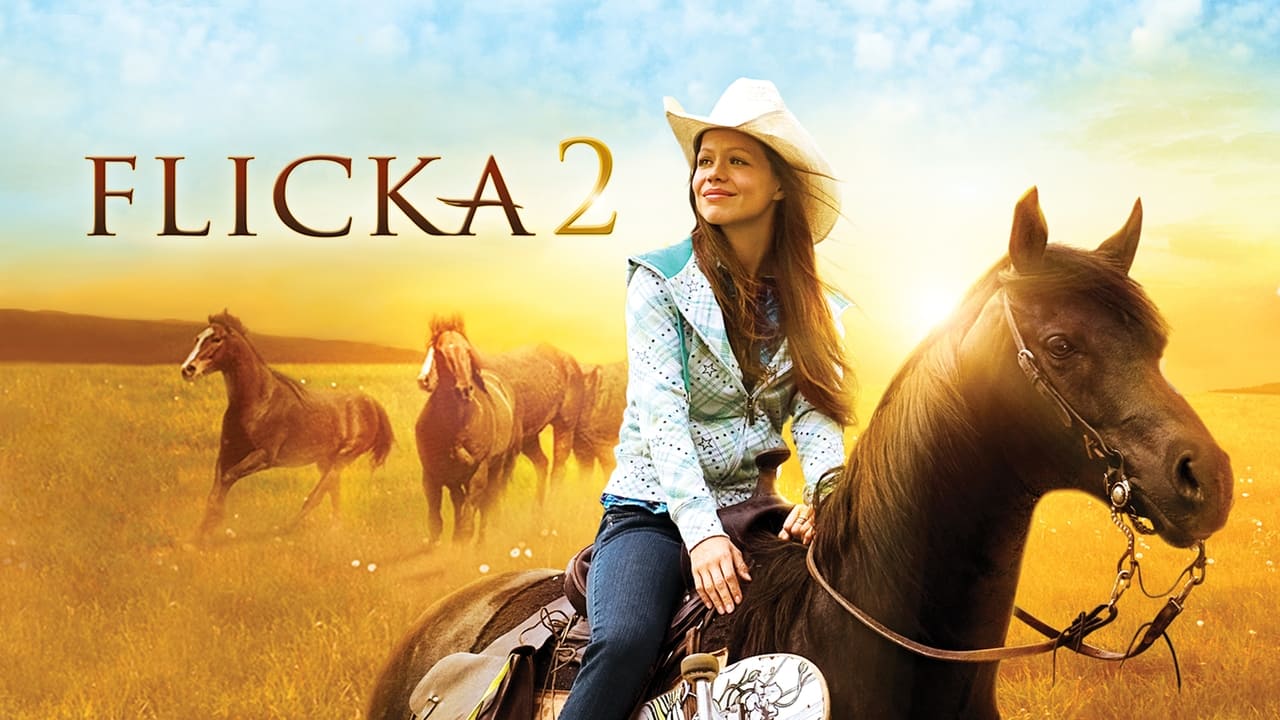
almost 15 years ago

over 14 years ago
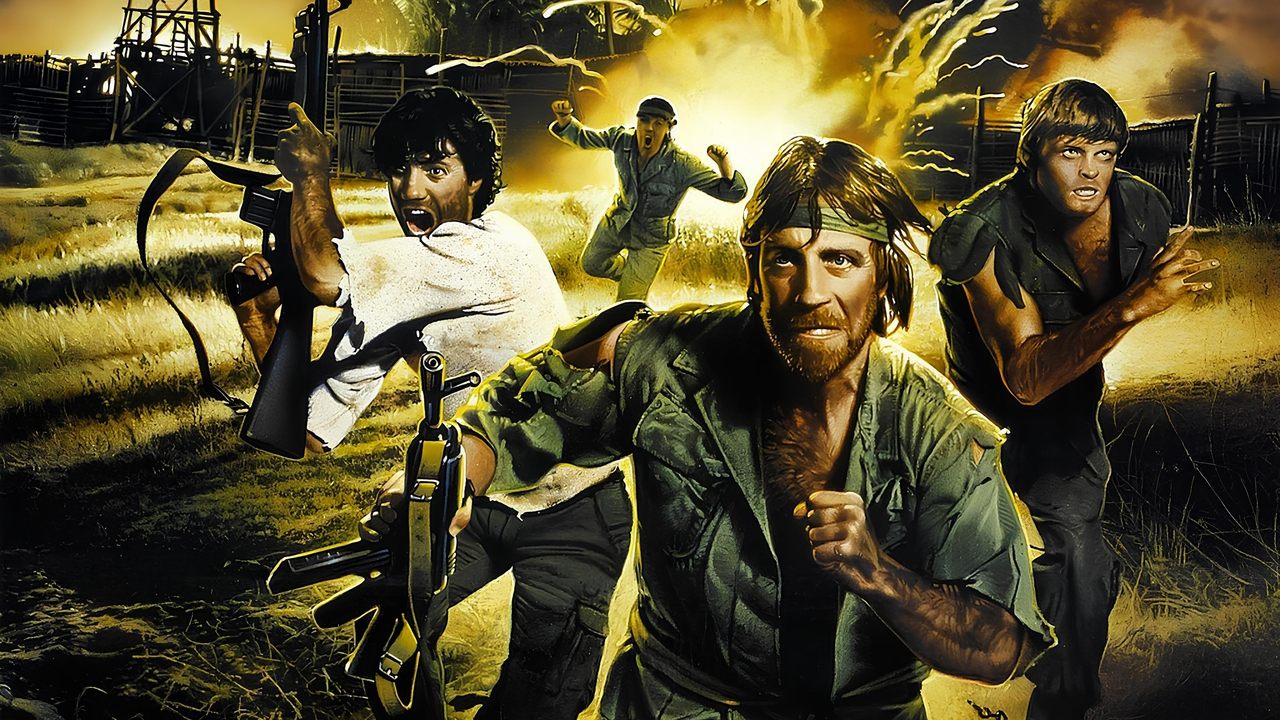
about 40 years ago

No image available
over 12 years ago

No image available
over 127 years ago
over 88 years ago ...more
over 88 years ago
The tale of Nakayama Yasubei’s duel is famous, even if he in reality probably did not cut down 18 opponents. The story has been related in film, rakugo, kodan and on stage many times, in part because Nakayama later joined the famous 47 Ronin (Chushingura) as Horibe Yasubei. But Makino and Inagaki’s version gives no hint of this more serious future, playing up the thrills and the comedy with Bando’s bravura performance. The multiple pans of Yasubei running to the duel are an exemplar of the experimental flourishes of 1930s Japanese cinema and the final duel, performed virtually like a dance number, is a marker of Makino’s love of rhythm and one of the best sword fights in Japanese film history. The film was originally released under the title Chikemuri Takadanoba (Bloody Takadanobaba) with a length of 57 minutes, but suffered some cuts and a title change when it was re-released in 1952.

Blood Spilled at Takadanobaba
1937

over 63 years ago

No image available
about 22 years ago

No image available
about 18 years ago

over 2 years ago

over 19 years ago

No image available
over 7 years ago

almost 55 years ago

over 68 years ago

over 5 years ago

No image available
over 32 years ago

over 137 years ago

about 13 years ago

over 67 years ago

No image available
over 11 years ago

No image available
over 21 years ago

almost 15 years ago

over 14 years ago

about 40 years ago

No image available
over 12 years ago

No image available
over 127 years ago
